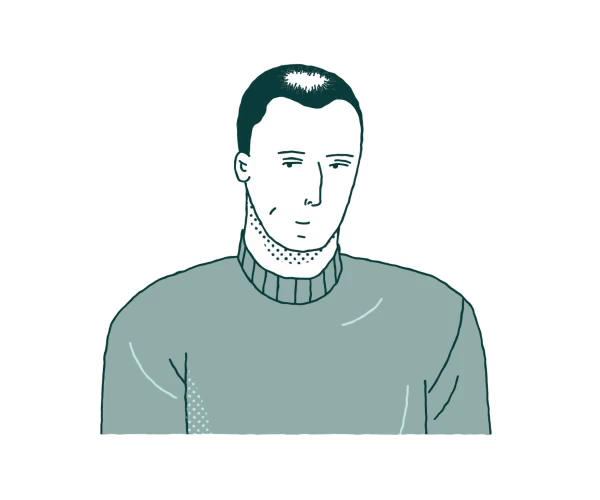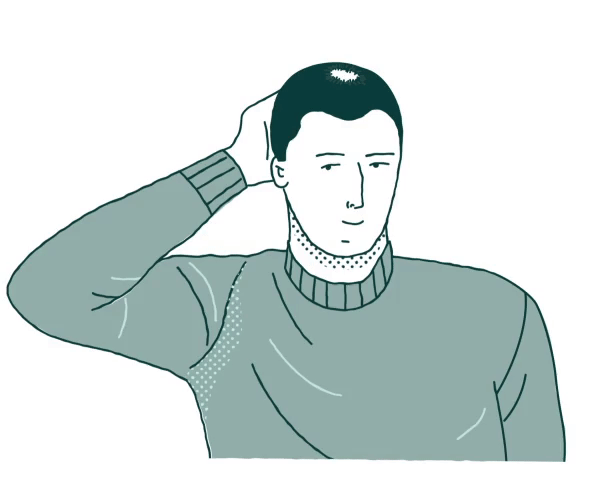What You Need to Know Before and After Your Hair Transplant Journey
Zoning in on hair transplant before and after images is one of the first steps anyone takes when considering hair restoration. These visual comparisons are powerful — they show real results, real patients, and real transformations.
But behind every impressive photo is a full process: preparation, surgery, healing, and patient commitment. If you’re looking at hair transplant before and after pictures, especially from Turkey, this guide will walk you through everything you need to know before making your decision.
Turkey has become the world’s leading hub for affordable, advanced hair restoration. The clinics here — especially in Istanbul — offer the latest techniques at competitive prices, along with full packages for international patients.
Turkey hair transplant before and after photos often show rapid improvements due to:
Expertise of the medical team
High graft density (up to 5000 grafts in one session)
Proper patient education and aftercare
When reviewing hair transplant Turkey before and after galleries, you’re seeing the result of world-class care.
To get the most out of your journey and ensure your before and after hair transplant transformation is successful, prepare in advance:
Send Clear Photos of Your Scalp: From front, top, sides, and back for online consultation.
Stop Smoking at least two weeks before surgery.
Avoid Blood Thinners like aspirin, and inform your surgeon of all medications.
Prepare Comfortable Clothes: Especially wide-neck shirts or button-downs to wear after the procedure.
Plan Your Trip: Ideally, stay in Istanbul for 3–4 days to allow recovery and follow-up.
The journey doesn’t end after the procedure. Understanding what happens next is key to managing expectations.
Scabs form and fall off gradually.
Slight redness and swelling may appear.
You’ll start using a special shampoo after day 3.
The implanted hair begins to shed — this is normal and temporary.
Most of the transplanted hair falls out (called shock loss).
The scalp looks like it did before the procedure — don’t worry.
New hair begins to grow, fine and thin at first.
The donor area is usually fully healed.

Noticeable improvement in density.
Hair strands get thicker and stronger.

Full visible results.
This is when hair transplant before and after photos truly show the impact.
Your hair can now be styled, cut, and washed like normal hair.
For many patients, FUE hair transplant images show incredible results around the 12-month mark.
The number of grafts is one of the biggest factors in visual transformation.
Up to 2500 grafts: Hairline and temple restoration
3500–4000 grafts: Frontal area and mid-scalp coverage
4500–5000+ grafts: Full head restoration
If you’re looking at 3500 grafts photos, expect a dense and natural-looking frontal zone with significant coverage.
Yes — the transplanted hair follicles are resistant to DHT (the hormone that causes baldness), so they continue to grow for life. However:
The non-transplanted hair may still thin with age.
Good long-term care (diet, stress management, medical shampoo) helps keep results looking sharp.
Hair transplants are considered safe, especially in Turkey’s specialized clinics. However, like any medical procedure, there are some risks:
Infection if aftercare is ignored
Shock loss (temporary shedding of nearby hairs)
Uneven density if poorly planned
Poor graft survival if performed by an unqualified technician
Choosing the right clinic minimizes all of these risks. Clinics like ClinMedica offer full-time monitoring and personalized recovery plans.
You’ve probably seen celebrity hair transplant before and after examples — from Elon Musk to athletes and public figures. What sets them apart?
They choose experienced clinics with high design expertise.
They follow strict aftercare and healing timelines.
Their procedures are often done early before baldness progresses too far.
You can get similar results — no fame required — if you start early and choose the right team.
Don’t rely only on before and after images — ask for medical advice tailored to your hair type.
Know that results take time — up to a year.
Be prepared to commit to post-op care just as much as the surgery itself.
If you’re reviewing this page to look at hair transplant results pictures, let them inspire you — but also know what’s behind each image: good planning, expert care, realistic expectations, and time.

Copyright © 2025 ClinMedica, LTD